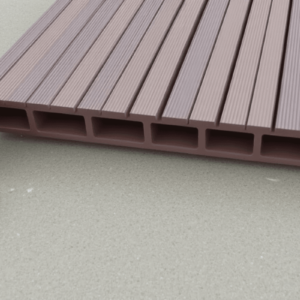“`html
Flat Composite Cladding Panels: Enhancing Contemporary Architecture
Introduction
In today’s architectural landscape, the quest for innovative, durable, and aesthetically pleasing materials has never been more pressing. Flat composite cladding panels have emerged as a popular choice for architects and builders due to their numerous advantages. These panels not only enhance the visual appeal of buildings but also offer significant benefits in terms of sustainability, cost-effectiveness, and ease of installation.
Material Composition
Flat composite cladding panels are typically made from a combination of materials designed to provide strength, durability, and aesthetic appeal. The most common types include aluminum composite panels (ACP) and fiber cement boards. ACP consists of two thin aluminum sheets bonded to a non-aluminum core, often polyethylene or a fire-retardant core. Fiber cement boards, on the other hand, are composed of cellulose fibers, Portland cement, and water, offering exceptional resistance to moisture, fire, and rot.
Installation Process
The installation of flat composite cladding panels is relatively straightforward and can be completed quickly compared to traditional cladding methods. The panels are lightweight, which makes them easy to handle and install. They come pre-finished, reducing the need for additional painting or finishing work. This streamlined installation process not only saves time but also reduces labor costs. Moreover, the panels can be easily cut and shaped on-site, allowing for precise fitting around corners, windows, and doors.
Cost-Effectiveness
One of the key advantages of flat composite cladding panels is their cost-effectiveness. Despite their high-quality finish and durability, these panels are generally more affordable than traditional cladding materials. Their lightweight nature also means lower shipping and handling costs. Additionally, the reduced installation time translates into lower labor expenses, making them a budget-friendly option for both residential and commercial projects.
Sustainability and Environmental Impact
Flat composite cladding panels play a crucial role in promoting sustainable building practices. Many modern composite panels are designed with environmental considerations in mind. For instance, some fiber cement boards are made from recycled materials, reducing waste and the demand for raw resources. Furthermore, the long lifespan of these panels minimizes the need for frequent replacements, thereby reducing construction waste. The energy-efficient properties of these materials also contribute to lower heating and cooling costs, enhancing the overall sustainability of the building.
Conclusion
Flat composite cladding panels are revolutionizing contemporary architecture by offering a blend of style, functionality, and sustainability. Their versatile material composition, efficient installation process, cost-effectiveness, and positive environmental impact make them an ideal choice for architects and builders looking to create beautiful, durable, and eco-friendly structures. As the demand for sustainable building solutions continues to grow, flat composite cladding panels are poised to become an increasingly popular choice in the industry.
“`





Reviews
There are no reviews yet.